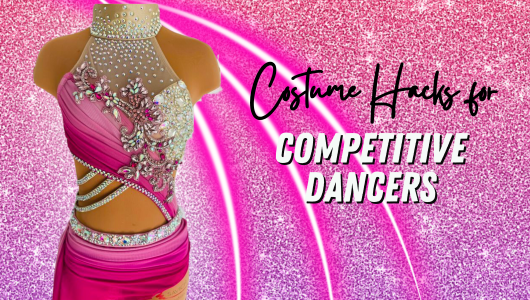A well-fitted, stunning costume can elevate your performance, creating a visual impact that captures the judges’ attention. However, even the most beautiful costumes can become a source of stress if they’re uncomfortable or malfunction. To ensure your costume enhances your performance rather than hinders it, here are some hacks to keep it stage ready and comfortable:
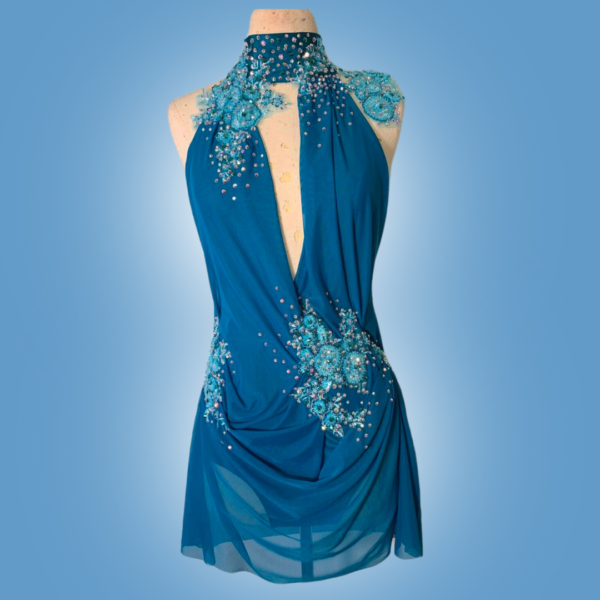
1. Practice in Your Costume
One of the most important steps is to rehearse in your costume before competition day. This helps you identify any movement restrictions, fabric irritations, or weak spots in the design. Practicing in costume also gives you a chance to get used to its weight, feel, and flow, ensuring you’re confident and comfortable on stage.
2. Secure Everything with Stitching or Tape
Costume malfunctions are every dancer’s nightmare. To avoid straps slipping or seams splitting, reinforce weak areas with additional stitching. Use double-sided fashion tape to secure necklines, straps, or any part of the costume prone to movement. If needed, use butt glue to keep briefs or bra-line from slipping.

3. Invest in Nude Undergarments
Skin-tone bras or silicone cover-ups are essential for keeping costumes looking polished and professional. Also, some dancers prefer to use seamless thong underwear rather than going bare under their costume. These items stay hidden under sheer fabrics and provide extra coverage and support. Make sure any undergarments are snug and don’t peek out from the costume.
4. Use Anti-Chafing Products
Tight costumes, elaborate designs, or sequins can sometimes cause skin irritation. Prevent discomfort by applying anti-chafing balm or powder to areas prone to rubbing, such as underarms, shoulders, and thighs. This ensures you can move freely without worrying about discomfort mid-performance.
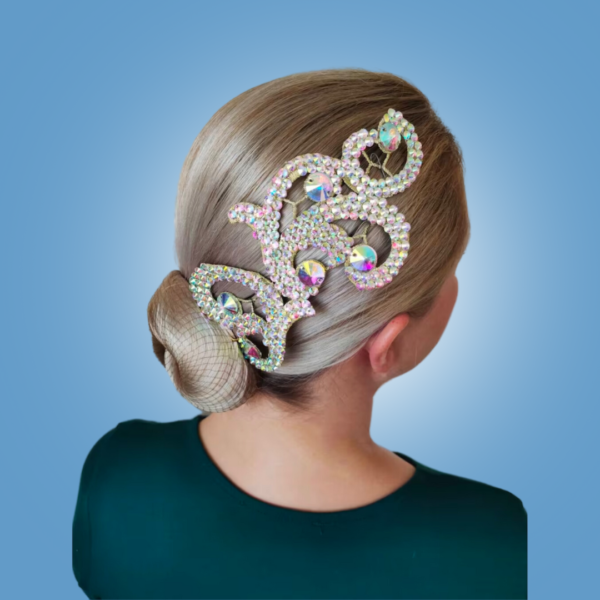
5. Hem with Care
Long skirts or pants can be a tripping hazard, while too-short hemlines may look unflattering. Adjust lengths to allow for full range of motion while maintaining a clean silhouette. Use fabric tape or temporary hemming tape for last-minute fixes, but test it beforehand to ensure it holds during the routine.
6. Secure Hair Accessories
Hairpieces are a wonderful way to enhance your costume, but they can be distracting if they fall out. Use bobby pins, hair elastics, or combs to anchor accessories securely. For added hold, spritz with a strong-hold hairspray or apply a small amount of hair glue.
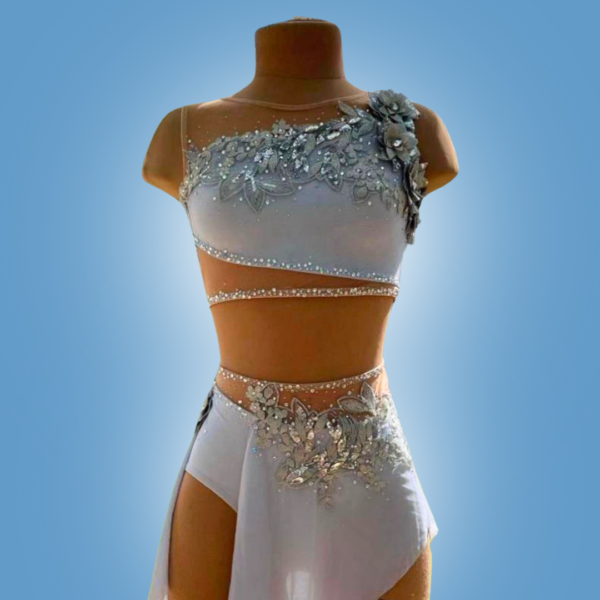
7. Check for Opacity
Bright stage lights can make some costumes unexpectedly sheer. Test your costume under bright lighting to ensure it provides adequate coverage. If necessary, add a lining or wear a nude base layer for modesty.
8. Pack a Costume Emergency Kit
Prepare for the unexpected by packing a kit that includes extra safety pins, a needle and thread, fashion tape, scissors, and fabric glue. Having these items on hand can save you from last-minute panic.
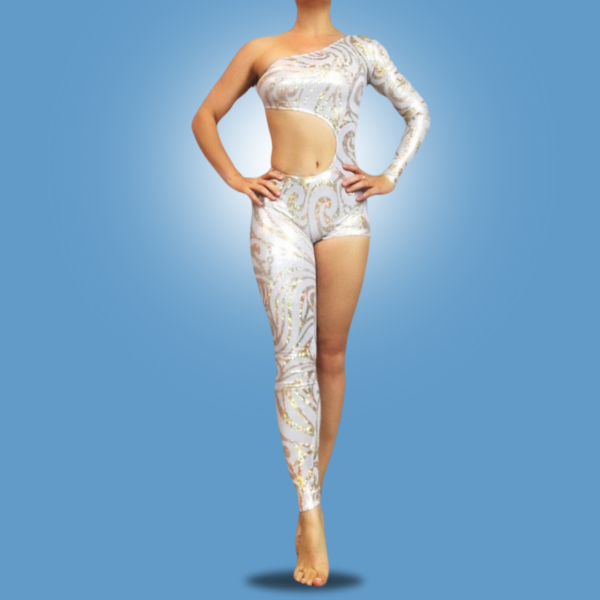
9. Stretch and Test the Fabric
Dance involves dynamic movements that put strain on your costume. Test seams and fabric elasticity by stretching and moving through your routine. If you notice areas that feel tight or weak, reinforce them ahead of time.
10. Prioritize Comfort Without Compromising Style
While it’s tempting to focus solely on aesthetics, comfort should never be sacrificed. Look for breathable fabrics, avoid itchy embellishments near sensitive skin, and choose designs that allow for easy movement. A comfortable dancer is a confident dancer.
Your costume is an extension of your performance, so it’s worth the extra effort to ensure it’s stage ready and comfortable. By testing, securing, and preparing in advance, you can focus on what truly matters: delivering a captivating performance. A little preparation goes a long way in helping you shine on stage, free from costume related distractions!

